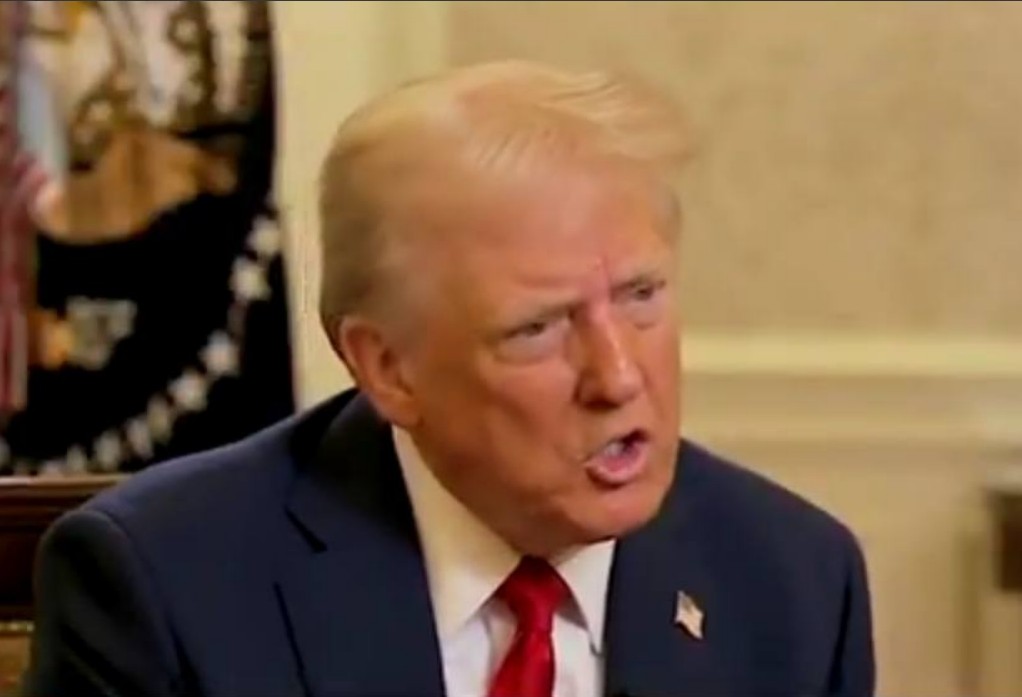On April 9, 2025, President Donald Trump announced a 90-day suspension of tariff increases for most countries, while simultaneously raising tariffs on Chinese imports to 125%. This decision follows outreach from over 75 nations seeking to negotiate trade agreements and address issues related to trade barriers, tariffs, and currency manipulation.
President Trump stated that the temporary pause and reduced tariff rate of 10% during this period are in response to the absence of retaliatory actions by these countries. He emphasized that this move aims to foster better trade relations and address existing imbalances.
In contrast, the administration has taken a more aggressive stance toward China. The increase to a 125% tariff rate on Chinese goods is a response to what President Trump describes as China’s “lack of respect” for global markets and its exploitation of the U.S. and other nations through unfair trade practices.
China swiftly retaliated by imposing an 84% tariff on U.S. goods and implementing restrictions on 18 American companies, primarily in defense-related industries. These actions have intensified the trade conflict between the two largest economies, leading to significant volatility in global financial markets.
The European Union also announced plans to implement 25% retaliatory tariffs on U.S. imports worth €21 billion, aiming to protect member states’ interests amid escalating trade tensions.
Economists and business leaders have expressed concerns over the potential for a global recession driven by widespread economic uncertainty. Jamie Dimon, CEO of JPMorgan Chase, indicated that a recession is likely if trade tensions continue to escalate.
The situation remains fluid, with ongoing developments expected as negotiations and retaliatory measures continue to unfold.




